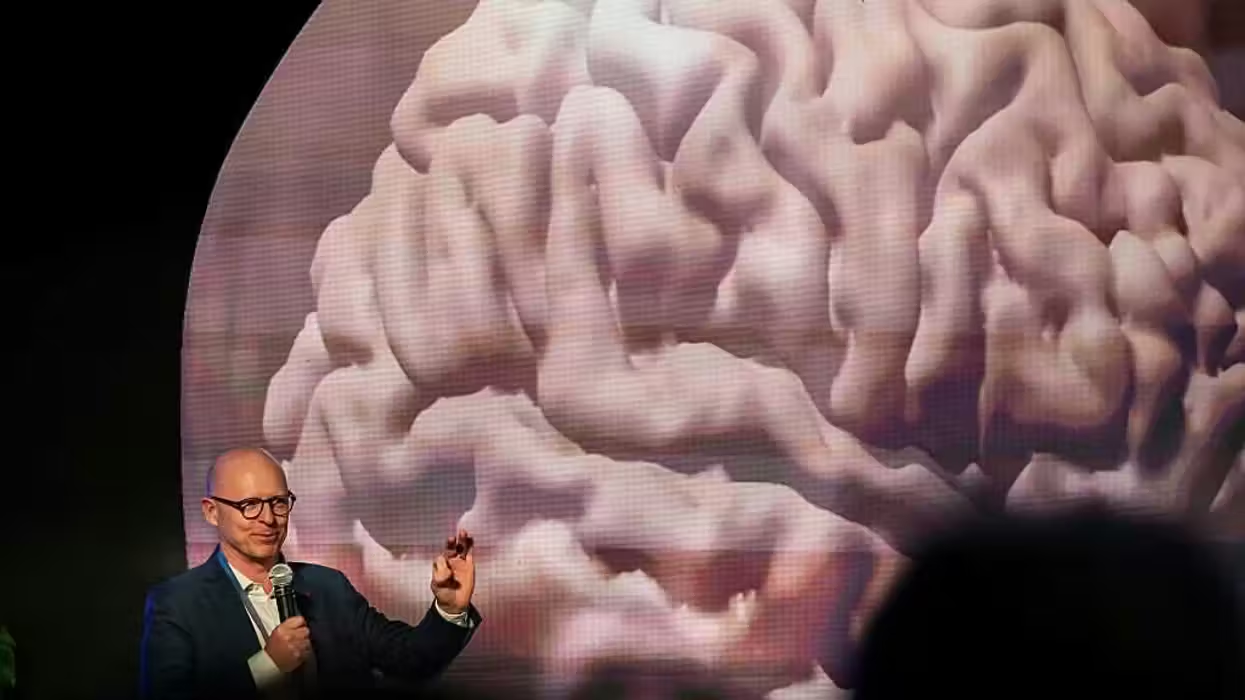
© 2025 Blaze Media LLC. All rights reserved.
With many of us constantly staring down at phones and other mobile devices, as the New York Time's BITS blog notes, the need for wearable and hands free mobile technology is great.
Such an attachment to mobile devices has caused accidents like walking into fountains or open manholes. It has prompted bans in some cities from using a mobile device while crossing streets and an app was also developed to help people avoid these embarrassing moments.
But the Times reports technology for more convenient wearable computers is already taking shape in Google's X Lab and Apple is coming up with ideas as well:
In Google’s secret Google X labs, researchers are working on peripherals that — when attached to your clothing or body — would communicate information back to an Android smartphone.People familiar with the work in the lab say Google has hired electronic engineers from Nokia Labs, Apple and engineering universities who specialize in tiny wearable computers.
Apple has also experimented with prototype products that could relay information back to the iPhone. These conceptual products could also display information on other Apple devices, like an iPod, which Apple is already encouraging us to wear on our wrists by selling Nanos with watch faces.
The Times reports that Apple has a "very small group" brainstorming and creating prototypes, one of which includes a curved iPod device to be worn around the wrist. Wearable devices by Apple could be controlled by Siri, its voice-activated command technology.
Michael Liebhold, a specialist in wearable computing for the Institute for the Future, is reported by the Times as predicting that in coming years virtual technology will make its way more into mainstream use:
Over the next 10 years, he says, he envisions that people will be wearing glasses with built-in screens and, eventually, contact lenses — with working displays.
In November, research involving "Terminator-like" bionic contacts, which not only correct vision but could superimpose elements of augmented reality in front of the viewer, were put into the eyes of rabbits, according to New Scientist. The research on anesthetized rabbits showed it didn't cause them harm and is currently moving forward in terms of improving wireless signal as well as other components.
Want to leave a tip?
We answer to you. Help keep our content free of advertisers and big tech censorship by leaving a tip today.
Want to join the conversation?
Already a subscriber?
more stories
Sign up for the Blaze newsletter
By signing up, you agree to our Privacy Policy and Terms of Use, and agree to receive content that may sometimes include advertisements. You may opt out at any time.
Related Content
© 2025 Blaze Media LLC. All rights reserved.
Get the stories that matter most delivered directly to your inbox.
By signing up, you agree to our Privacy Policy and Terms of Use, and agree to receive content that may sometimes include advertisements. You may opt out at any time.





